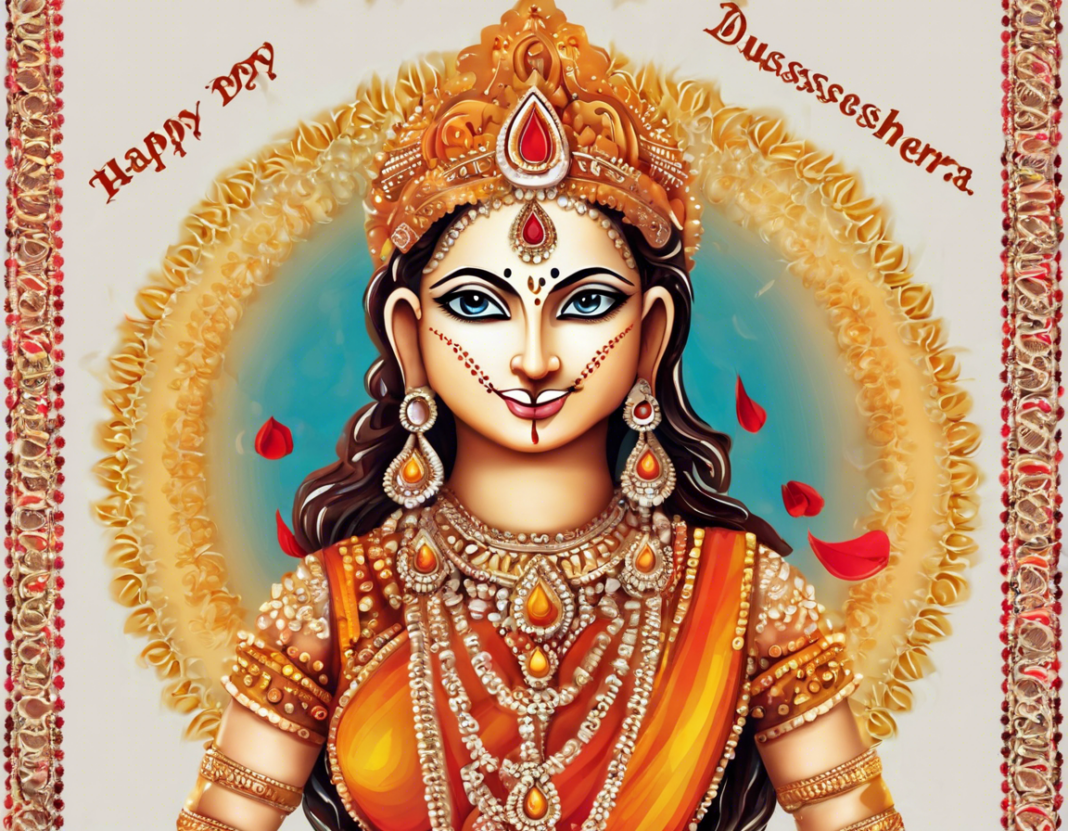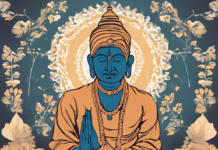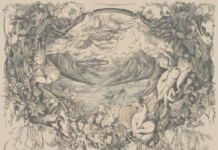Introduction:
Dussehra, also known as Vijayadashami, is a significant Hindu festival celebrated across India with great joy and enthusiasm. The festival symbolizes the triumph of good over evil and marks the victory of Lord Rama over the demon king Ravana, signifying the victory of truth over falsehood. It also marks the end of Navratri, a nine-night festival dedicated to the worship of the goddess Durga. Dussehra is a time for joy, celebration, and spreading happiness and goodwill.
History and Significance:
Dussehra has its roots in the ancient Indian epic Ramayana, which narrates the story of Lord Rama’s battle against the demon king Ravana. According to the legend, Ravana abducted Rama’s wife, Sita, and took her to his kingdom Lanka. Rama, with the help of his loyal monkey army, waged a war against Ravana to rescue Sita. After a fierce battle that lasted for ten days, Rama finally defeated Ravana on the tenth day, which is celebrated as Dussehra.
Celebrations and Traditions:
Dussehra is celebrated with various rituals and customs across different regions of India. In the northern parts of India, effigies of Ravana, Meghnad, and Kumbhakaran are burnt in open grounds to symbolize the victory of good over evil. People throng to these venues to witness the large effigies going up in flames, accompanied by fireworks and festive music.
In some parts of India, like West Bengal and Odisha, Dussehra is celebrated as Durga Puja, where elaborate pandals (temporary structures) are created to house idols of Goddess Durga. The festival culminates with the immersion of the idols in rivers or water bodies, known as Visarjan.
Rituals and Customs:
On this auspicious day, people clean and decorate their houses, wear new clothes, and participate in prayers and rituals. Some people also perform Ayudha Puja, where tools and instruments are worshipped to seek the blessing of the divine for success and prosperity in their endeavors. It is a common belief that starting new ventures or performing important tasks on Dussehra brings good luck and success.
Spreading Happiness and Goodwill:
Dussehra is not just a festival of religious significance but also a time to spread happiness and goodwill. People exchange sweets, gifts, and greetings with their friends, family, and neighbors. It is a time to mend broken relationships, forgive past grievances, and start afresh with a new spirit of love and harmony.
Community Involvement and Charity:
During Dussehra, many communities organize events like Ramlila (dramatic reenactment of the Ramayana) and cultural programs to promote unity and harmony among people. Charitable organizations and individuals also engage in philanthropic activities like feeding the poor, distributing clothes to the needy, and organizing medical camps to serve the underprivileged sections of society.
Environmental Consciousness:
In recent years, there has been a growing awareness about the environmental impact of certain Dussehra traditions, such as the burning of effigies made of non-biodegradable materials. As a result, there is a shift towards eco-friendly celebrations, where effigies made of biodegradable materials are used, or alternative ways of symbolizing the victory of good over evil are adopted to minimize harm to the environment.
Conclusion:
Dussehra is not just a festival but a celebration of values like righteousness, courage, and the ultimate triumph of good over evil. It is a time to reflect on our actions, seek inner purification, and spread happiness and goodwill to one and all. By actively participating in the festive spirit of Dussehra and embracing its values, we can make the world a better place filled with love, compassion, and positivity.
Frequently Asked Questions (FAQs):
-
What is the significance of burning effigies on Dussehra?
Burning effigies on Dussehra symbolizes the destruction of evil forces and the victory of good over evil. It is a ritual that dates back to ancient times and is observed across India. -
How is Dussehra celebrated in different parts of India?
Dussehra is celebrated in various ways across India, with rituals like Ramlila in the north, Durga Puja in the east, and Ayudha Puja in the south. Each region has its unique customs and traditions associated with the festival. -
What is the spiritual significance of Dussehra?
Dussehra represents the triumph of righteousness over evil, with Lord Rama serving as a symbol of virtue and Ravana representing arrogance and injustice. The festival teaches the importance of upholding moral values in the face of adversity. -
How can one contribute to the community during Dussehra?
One can contribute to the community during Dussehra by participating in charitable activities, organizing events that promote unity and harmony, and engaging in eco-friendly celebrations that protect the environment. -
Why is forgiveness and reconciliation emphasized during Dussehra?
Dussehra is a time to let go of past grievances, forgive others, and seek reconciliation with loved ones. It promotes the idea of starting afresh with a spirit of love, compassion, and understanding. -
What are some eco-friendly alternatives to traditional Dussehra celebrations?
Some eco-friendly alternatives to traditional Dussehra celebrations include using biodegradable materials for effigies, planting trees as a symbolic gesture of renewal and growth, and raising awareness about environmental issues through educational programs. -
How can one celebrate Dussehra in a meaningful way at home?
At home, one can celebrate Dussehra by performing puja rituals, decorating the house with flowers and lights, exchanging gifts with family and friends, and engaging in acts of charity and kindness towards others. -
What are the main messages or lessons to take away from the festival of Dussehra?
The main messages of Dussehra include the importance of upholding truth and righteousness, the power of good over evil, the value of forgiveness and reconciliation, and the significance of spreading happiness and goodwill in the community. -
How does Dussehra contribute to cultural unity and solidarity in India?
Dussehra brings people from diverse cultural backgrounds together to celebrate a common festival that transcends regional boundaries and religious differences. It fosters a sense of unity, solidarity, and shared values among Indians. -
What role does storytelling and mythology play in the celebration of Dussehra?
Storytelling and mythology play a central role in the celebration of Dussehra, as they narrate the epic tale of Lord Rama’s victory over Ravana. These stories inspire people to uphold moral values, face challenges with courage, and strive for a just and harmonious society.






